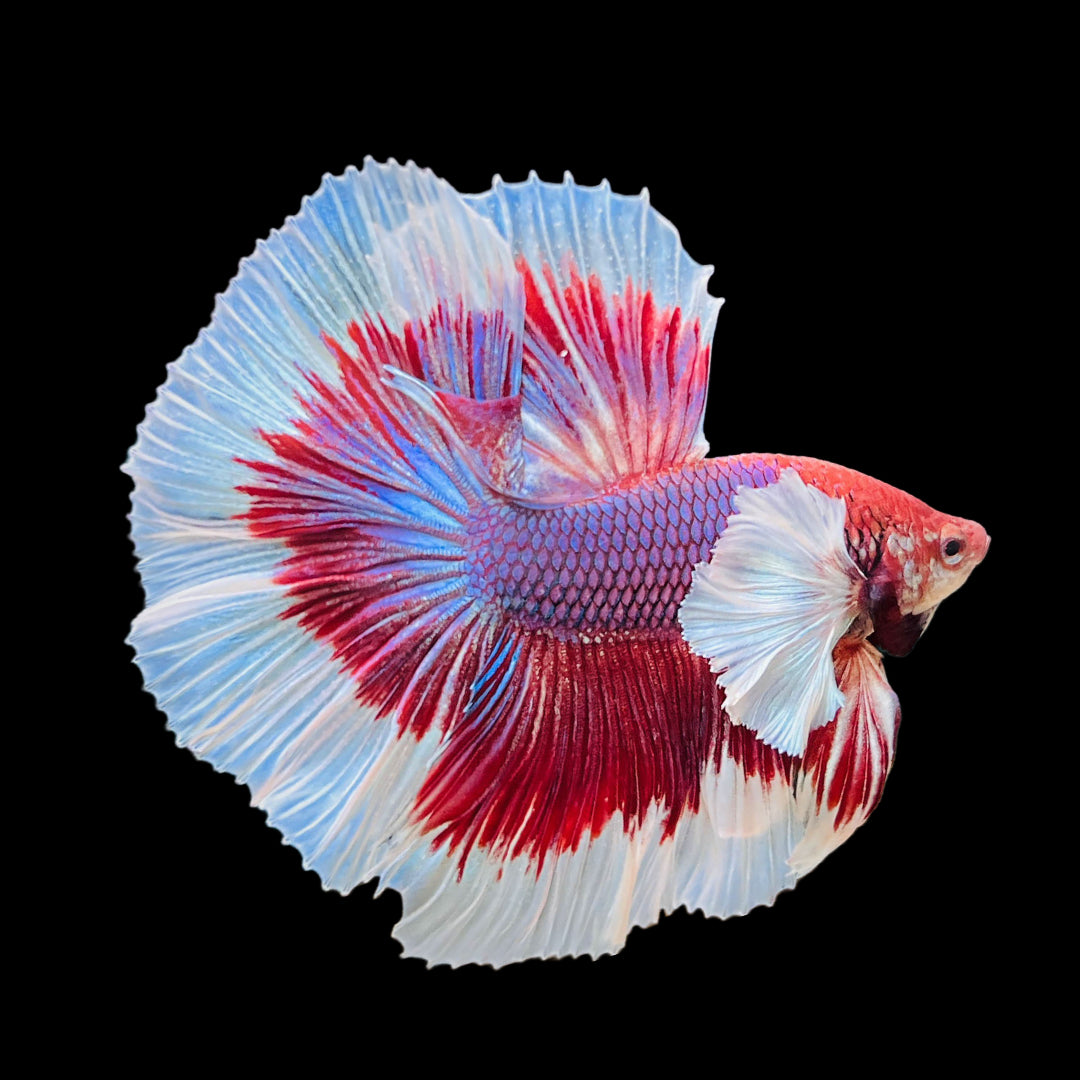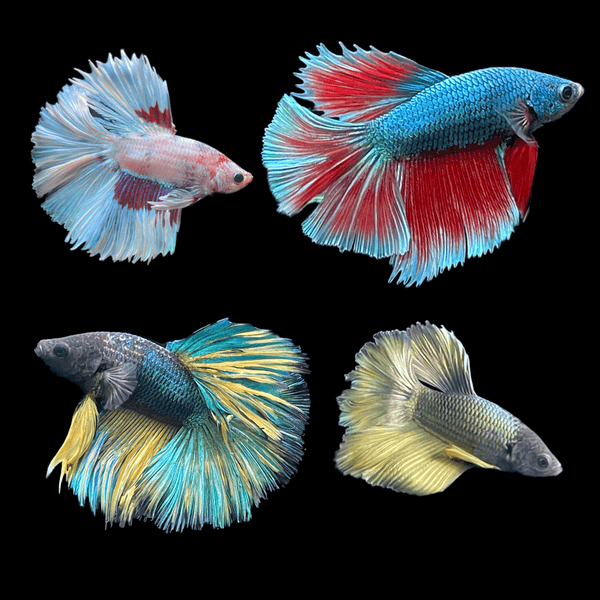Just how to Produce the Perfect Betta Fish Habitat at Home
Reproducing Betta Fish: a Comprehensive Step-By-Step Overview to Effectively Raising Infant Bettas From Eggs to Adulthood
Reproducing Betta fish is a meticulous endeavor that requires mindful preparation and implementation to ensure the effective growth of fry from eggs to mature fish. Selecting genetically varied breeding pairs with desirable qualities is only the start; producing an ideal environment and recognizing the details of the reproducing procedure are equally critical. As the male Betta faithfully constructs a bubble nest and guards the precious eggs, the subsequent phases of care and shift demand interest to detail and understanding of best practices. How does one browse the tough yet fulfilling path of supporting these vivid creatures to the adult years?

Picking Breeding Pairs
When getting started on the trip of reproducing Betta fish, picking the best reproduction pairs is important to attaining desirable characteristics and a healthy family tree - betta fish. The very first action in this procedure is to recognize the details attributes you wish to boost or protect, such as shade, fin type, and physique. It is important to pick genetically diverse pairs to stay clear of inbreeding, which can bring about health and wellness issues and undesirable characteristics
Examine potential breeding candidates thoroughly. A healthy and balanced male Betta must display dynamic shades, an active attitude, and well-formed fins, while the woman should additionally display lively pigmentation and a rounded stubborn belly, suggesting preparedness for spawning. Observing the character of both fish is essential, as hostile or overly timid individuals might not breed effectively.
Keeping records of the moms and dad fish's origins can help you track hereditary traits and potential concerns. Eventually, investing time in the choice process will substantially improve the chance of creating solid, vivid offspring that satisfy your breeding objectives.
:strip_icc()/siamese-fighting-fish-bettas-1378308-hero-f459084da1414308accde7e21001906c.jpg)
Preparing the Reproduction Container
Producing an optimum reproduction environment is a vital step after selecting ideal pairs for Betta fish. The reproduction storage tank need to be especially designed to offer comfort and promote the all-natural reproduction habits of the fish. Beginning with a container dimension of a minimum of 10 gallons to make certain appropriate space for both the male and female Bettas.
Keep a gentle purification system to maintain the water tidy while preventing strong currents that can stress the fish. Additionally, an air rock can be included to give oxygenation without interfering with the water surface area excessive.
Temperature policy is important; go for a secure variety of 78-82 ° F(25-28 these details ° C) making use of a trustworthy heating unit. The pH degree ought to be kept in between 6.5 and 7.5, and routine water adjustments are essential to make certain high water quality.
Integrate drifting plants or generating mops to produce hiding spots for the female, while additionally urging bubble nest structure by the male - betta fish. Ultimately, make sure the tank is totally free from sharp decors and any type of possible risks, as the well-being of the fish need to constantly be prioritized during this vital phase of reproduction.
The Breeding Refine
Generally, the breeding process for Betta fish involves a collection of distinct and evident actions that suggest readiness for recreation. The male Betta begins by constructing a bubble nest at the water's surface area, which works as a website for the fertilized eggs. This nest is critical, as it provides a safe environment for the eggs until they hatch.
When the nest is developed, the man will certainly present courtship habits, such as flaring his fins and showing vivid shades to draw in the woman. The lady, upon noticing the male's readiness, will react by displaying vertical red stripes along her body, signifying her receptiveness.
The fertilized eggs after that fall to the bubble nest, where the male meticulously accumulates and returns them to the nest. Following this, the male presumes duty for safeguarding the nest and making certain the security of the eggs up until they hatch, usually within 24-36 visit this website hours.
Taking Care Of Betta Fry
Caring for Betta fry calls for mindful interest to their environment and nourishment to ensure healthy and balanced growth and advancement. After hatching out, Betta fry are extremely small and prone, demanding a stable and tidy environment.
Feeding Betta fry is equally crucial. Feed them little amounts a number of times a day, being careful not to overfeed, This Site which can lead to water top quality issues.
Transitioning to Adult Bettas
As Betta fry fully grown, transitioning them to adult Bettas is a crucial phase that requires careful administration of their atmosphere and social interactions. This process commonly starts when the fry reach around 6 weeks of age, whereupon they can be slowly presented to an extra organized living atmosphere.
To facilitate this transition, it is important to make sure that the water specifications-- such as temperature level, pH, and ammonia levels-- are ideal and stable. Grown-up Betta fish thrive in warm water (around 78-80 ° F) with a pH of 6.5 to 7.5. Slowly adapt the fry to these conditions to minimize tension.
Social communications are an additional vital factor; man Bettas are notoriously territorial and aggressive. For that reason, it is a good idea to separate men into individual storage tanks as they develop. Female Bettas can be housed together, but care should be required to check for indications of aggression.
Furthermore, nutritional adjustments ought to be made as the fry grow. Integrate premium pellets and live foods to sustain their development and health and wellness. By taking care of these variables effectively, you can advertise an effective change to their adult years for your Betta fish.

Final Thought
Effective breeding of Betta fish needs mindful focus to information throughout the whole process, from choosing genetically varied sets to providing optimal care for fry. In addition, a balanced diet and gradual adjustment to grown-up atmospheres are important for the development and growth of Betta fish.